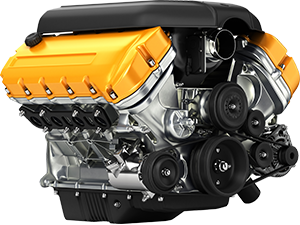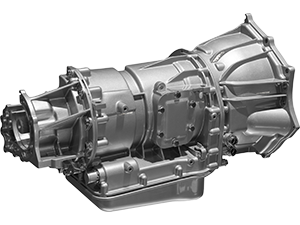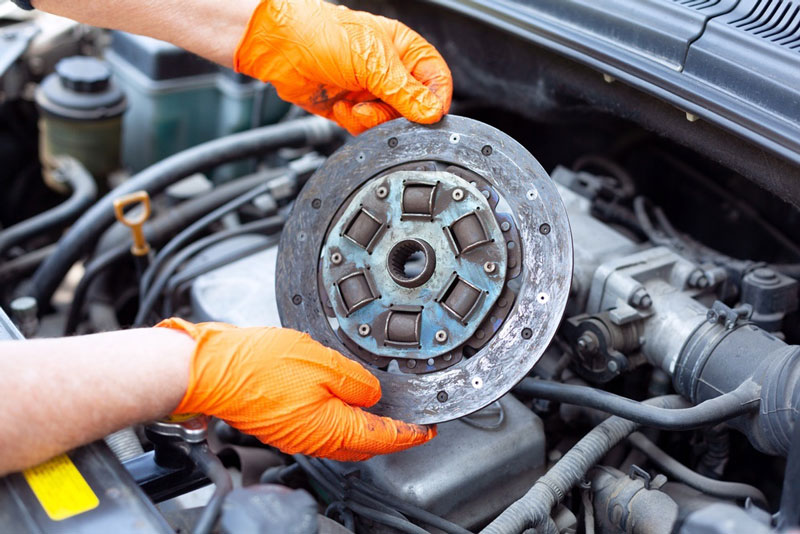Chances are that you’re one of the millions of Americans that drive an automatic vehicle, and it’s easy to forget that your transmission is one of the most instrumental parts of your car. Some of the warning signs of a bad transmission system are easy to spot, like the check engine light or a burning smell. Others are more subtle and harder to diagnose.
When transmission issues strike, you may be forced to choose between costly repairs or a complete transmission replacement. Always take your car to a certified mechanic if you are experiencing one of the four most common transmission problems:
- Rough or delayed shifting
- Slipping gears when accelerating
- Transmission not engaging/stuck in park
- Low Transmission Fluid
1. Rough or delayed shifting
One of the most obvious signs that you’re having transmission issues is when you can feel your car struggling to shift as you accelerate. When an automatic transmission is having problems shifting, you will feel a hesitation when you’re accelerating, followed by a sudden jerk forward when the transmission finally does jump into gear.
If your car is having shifting issues, take it to a repair shop as soon as possible. It may save you money in the long run, and ignoring the problem could cause further damage to the transmission, engine or other components.
What does it mean if an automatic transmission has problems shifting gears smoothly?
There are several transmission problems that can cause a car to have trouble shifting. More often than not, it is due to one or more of the following reasons:
- Low or dirty transmission fluid – Most automatics utilize hydraulic pressure to select between various gears. As you press the gas pedal and increase the engine speed, the hydraulic pressure increases and climbs to the next gear. Automatic transmission fluid must be at the proper levels for this process to work.
- Solenoid or ECM unit sensor – Shift solenoids are electronic components that are attached to a computer system and control when the car shifts gears. A bad solenoid can cause unpredictable shifting or even prevent the car from shifting gears entirely.
- Bad Torque converter – The torque converter is what connects the engine to the transmission, and the fluid inside is constantly pressurized. Any leaky seals or bad bears can cause poor acceleration and will eventually result in complete transmission failure.
No matter what the cause, it’s dangerous to drive with a car with a transmission that has problems shifting. The good news is that all three of these problems are fixable, so you won’t have to completely replace your transmission.
2. Slipping gears when accelerating
Transmission slips occur when a vehicle’s transmission does not properly transfer the energy from the engine to the wheels when you step on the gas. This causes the vehicle to jump to the next gear, essentially skipping the gear that should be engaged.
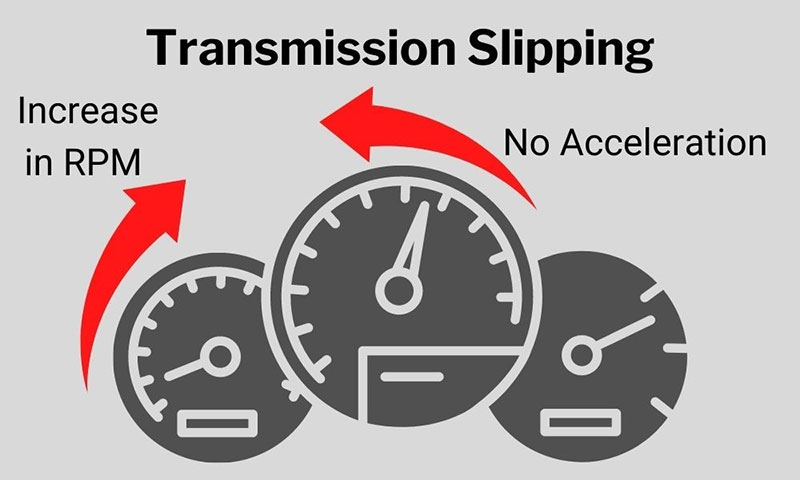
Pay attention to how your gears shift when you drive. If your transmission is slipping, you may hear your engine rev or see your RPM gauge suddenly climb without an appropriate increase in speed.
3. Transmission not Engaging/Stuck in Park
If you’re having trouble getting your car out of park and into drive or reverse, it’s more than likely because your automatic transmission is not engaging.
Most of the time when transmissions fail to engage it is because they have low fluid from a leak or because oil is burning off inside of the transmission. Having too much or too little transmission fluid can disrupt the pressure and prevent the transmission from shifting.
However, a broken shift cable or a bad shift interlock solenoid could be preventing the car from moving out of park.
4. Low Transmission Fluid
If you notice a burnt smell while driving or see a leak under your car, it could be a sign that you are burning fluid and you’re due for transmission service.
Burning transmission fluid is a serious problem because transmissions are self-contained units that rely on oil to keep the moving parts running smoothly without overheating. Burnt transmission fluid must be completely flushed and replaced in addition to finding the source of the problem.
Warning: If you confirm that your car is indeed burning transmission fluid, you should get to a mechanic as soon as possible. Driving with low transmission fluid can cause uneven wear inside the gearbox and could do permanent damage to your engine. If you have a dipstick you can check the fluid level yourself, but many cars do not have a transmission dipstick, so you have to take the car in for service.
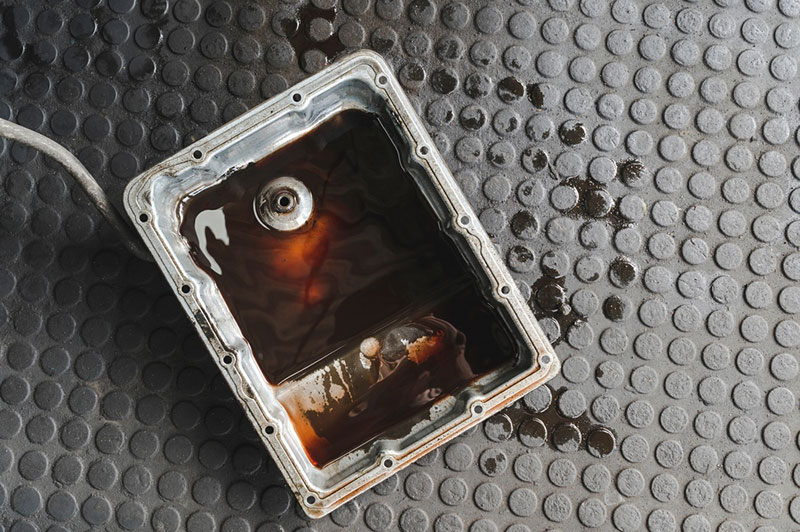
Should I get transmission issues fixed or buy a used one instead?
It depends. If your current transmission has low mileage and isn’t damaged, it could be worth it to have a mechanic repair or rebuild the transmission. However, if your car is older or has high-mileage, it may be easier to replace your broken transmission with a used one instead.
Transmission repairs require a lot of time and labor, and the costs can add up quickly. Sometimes it costs just as much to repair a transmission as it does to replace it with a used one. Not only are transmissions hard to access, but there are tons of working parts that need to be running smoothly in order for the vehicle to drive.
Often it’s more cost-effective to swap your bad transmission with a quality used transmission from a reputable online auto parts store. BuyUsedEnginesandTransmissions.com has tons of low-mileage transmissions in stock, plus every part is quality tested and comes with a 1-year warranty and free shipping. And, don’t forget to check out our free guide to buying a used transmission online!
